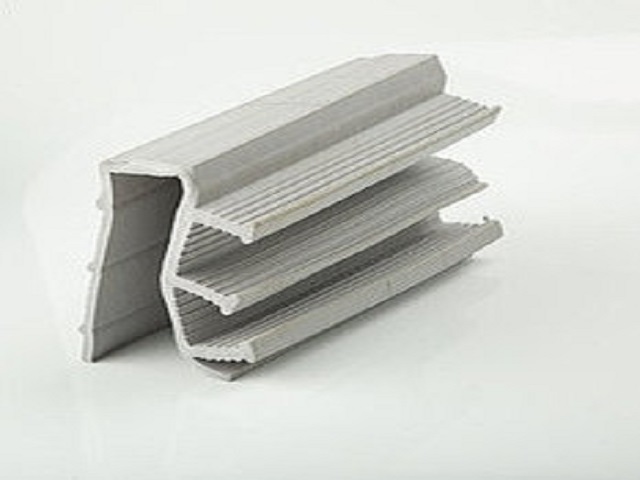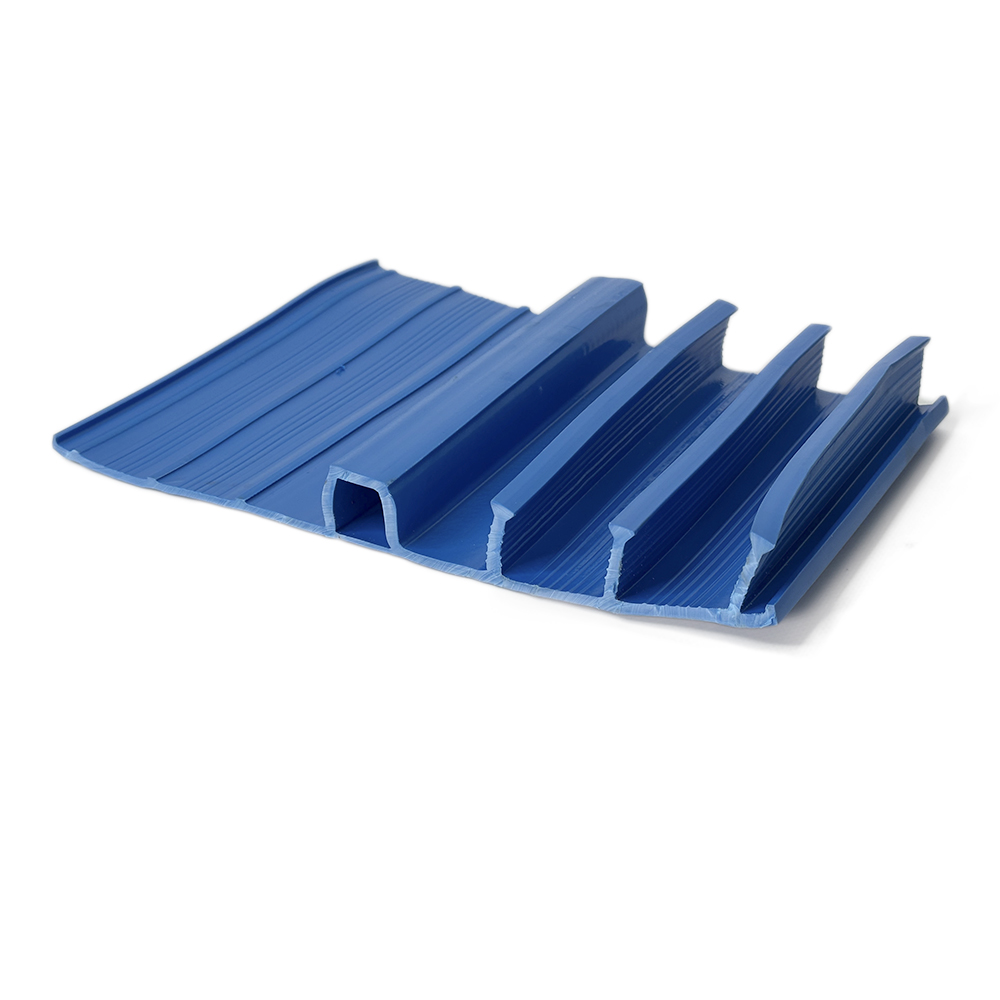Hydraulic gasket P-2 for sealing and waterproofing of movable joints , bay 20 m, gray
Product code: 0088
For sealing and waterproofing of movable joints in monolithic construction
from 546 uah
The hydraulic gasket P-2 is used for sealing and waterproofing movable joints in monolithic construction of buried and underground structures. Hydraulic taps are used in hydraulic structures (reservoirs, canals, dams, pools, etc.), as well as for waterproofing joints of foundations, foundations, tunnels, multi-level parking lots and other underground structures. They are made of thermoplastic elastomer TPE (EPDM) or plasticized PVC polyvinyl chloride-P. The U-shaped shape of the hydraulic dowel allows you to clearly install the key into the design position, using, for example, a sheet of expanded polystyrene, on which the key is put on.
- the presence of ribs on the locking plane prevents the penetration of moisture into the structure
- it is used in the locations of deformation joints of monolithic reinforced concrete structures
- in particularly important structures, it is complemented by an internal or lower external hydraulic gasket
- withstands low water pressure inside and outside
- Suitable for all types of structures
- they are supplied in bays of 20 m.p.
Material : Plasticized polyvinyl chloride (PVC-p)
Color : Grey
Packaging: Rolls of 20 m.p.
Roll length deviation, m,: no more than ± 0.5
Size Deviation : According to CD
Shore hardness, A : 70 ± 5
Density, g/cm3 : ≈ 1.4
Tensile strength, MPa : ≥10 (DIN 53455)
Elongation at break, % : ≥ 275
Temperature resistance, °C : from -35°C to 70°C
Chemical resistance :
- from constant exposure to water and wastewater;
- from short-term exposure to inorganic alkalis and low concentration acids, mineral oils.
UV resistance : Not resistant
Service life : 25 years
Here is the P-2 hydraulic gasket - the ideal solution for sealing and waterproofing movable joints in monolithic construction. Regardless of whether you are building buried or underground structures, our hydraulic shingle will be a reliable protection. Our hydraulic taps are widely used in hydraulic structures such as reservoirs, canals, dams and pools. They are also excellent for waterproofing joints of foundations, foundations, tunnels and other underground structures. We produce hydraulic dowels made of high-quality material - plasticized PVC-p polyvinyl chloride. This guarantees their strength and durability. In addition, our hydraulic dowels have a U-shaped shape, which ensures easy and precise installation of the dowel in the desired position, for example, using a sheet of expanded polystyrene. The presence of ribs on the locking plane eliminates the penetration of moisture into the structure. This is especially important in the locations of deformation joints of monolithic reinforced concrete structures. The P-2 hydraulic shutter is capable of withstanding low water pressure both inside and outside. It is suitable for all types of structures, providing reliable waterproofing. Our hydraulic dowels are supplied in bays with a length of 25 meters. The dimensions are convenient for any project and allow you to save money and time during installation. Choose a P-2 hydraulic gasket and be sure of reliable waterproofing of your construction project.
How do I install a hydraulic shutter?
The hydraulic shutter is installed in the design position, so that the middle of the hydraulic shutter is located in the center of the intended seam.
The fastening is made directly to the formwork. Holes for fasteners are allowed to be made only in the extreme zone of the hydraulic gasket, behind the extreme anchor. The mounting pitch is 200-300 mm, symmetrically on both sides. Additional fastening is also performed to the reinforcing frame with knitting wire. The connection of the key is made by welding, by heating the ends of the key in a special conductor (for each key there is an individual conductor) or using an industrial hair dryer or a flat heating element. The temperature of the spike is about 200 ° C (selected experimentally). To connect the dowels by the "cold" method, glue is used, for example, a one-component paste-like glue based on
silane modified polymer Innoellast.
Related materials
Related materials
Repair hydraulic gasket for expansion joints of the PO-3 series, bay 20 m
Repair hydraulic joint for expansion joints of the PO-3 series
Hydraulic gasket internal hydraulic gasket for expansion joints VD 240, PVC, blue, bay 20 m
Hydraulic gasket internal hydraulic gasket for expansion joints VD 240, PVC, bay 20 m
Internal hydraulic gasket for expansion joints VD 200, PVC, 20 m bay, blue
Internal hydraulic gasket for sealing and waterproofing of deformation movable joints VD 200, PVC, bay 20 m, blue color
Repair hydraulic gasket for expansion joints ND-R 200, PVC, bay 20 m, blue
Repair hydraulic joint for expansion joints
Combined hydraulic gasket for working seams KAB-150, bay 25 meters
Combined hydraulic joint for working seams KAV-150
Combined hydraulic gasket for working joints KAB-125, bay 25 meters
Combined hydraulic gasket for working joints KAV-125, bay 25m
Hydraulic joint PO-1 repair hydraulic joint for expansion joints , bay 20 m, gray
Repair hydraulic joint for expansion joints of the PO-1 series
© "Protex-S" LLC2021 | Website created by MD Design




